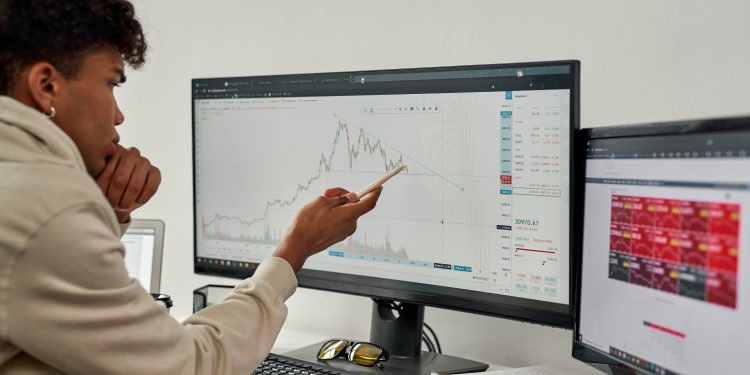XRP (XRP -2.34%) has certainly had an exciting journey since the election of President Donald Trump. Despite its share of ups and downs, like much of the cryptocurrency sector, XRP has soared approximately 374% since Election Day up until March 22.
Trump’s victory sparked optimism among investors, who anticipated that his administration would adopt policies favorable to the crypto industry, potentially positioning the U.S. as a hub for crypto innovation. In this climate, XRP has distinguished itself as one of the top-performing cryptocurrencies.
Is it wise to consider purchasing XRP while it’s under $3?
The Legal Cloud Lifts
XRP’s recent success can be partly attributed to its previous lackluster performance in the years before the election. Back in 2020, Ripple — the company behind XRP — along with CEO Brad Garlinghouse and co-founder Chris Larsen, faced a lawsuit from the U.S. Securities and Exchange Commission (SEC). The SEC accused them of selling XRP as an unregistered security in 2013.
This lawsuit drew significant attention across the cryptocurrency world. A ruling against XRP and similar cryptocurrencies could have greatly expanded the SEC’s regulatory control over them. Crypto enthusiasts generally favor a less stringent regulatory approach, preferring that these digital assets be treated as commodities, under the supervision of the Commodity Futures Trading Commission. Understandably, the legal battle made many investors cautious about XRP due to the high-profile nature of the case involving Ripple, Garlinghouse, and Larsen.
By 2023, a federal judge determined that while XRP was an unregistered security when sold to institutional investors, it wasn’t classified the same way for retail investors trading through exchanges. This was widely seen as a win for Ripple and its executives. Though the SEC initially appealed parts of this decision, Trump’s administration, perceived as supportive of crypto, hinted at a probable resolution. With the backdrop of a new administration, SEC Chair Gary Gensler exited his position. Recently, Garlinghouse shared on X that the SEC had finally dropped its appeal, a development that many had anticipated.
Ending the lawsuit removes a persistent obstacle for XRP and could potentially lead to the creation of a spot XRP exchange-traded fund (ETF). Prior to the lawsuit’s resolution, numerous asset managers had already begun petitioning the SEC for spot XRP ETFs. In light of the lawsuit’s conclusion, Garlinghouse mentioned in a Bloomberg Television interview that while an initial public offering (IPO) was possible for Ripple, it wasn’t a priority until early 2025.
Weighing the Potential of XRP Under $3
Even though a lot of the optimism surrounding the SEC’s retreat and the expected introduction of a spot ETF might be reflected in XRP’s current price, improved regulations and the absence of legal impediments present a chance for Ripple to expand its clientele and increase XRP usage. Ripple’s partnerships with financial institutions aim to enhance the efficiency of processes like real-time cross-border payments.
The Trump administration is anticipated to facilitate increased bank involvement with cryptocurrencies. This could spur more financial institutions to collaborate with Ripple. Additionally, Ripple has launched RLUSD, a dollar-pegged stablecoin traded on the XRP blockchain, which they believe will bolster the utility of XRP as a "bridge asset."
In conclusion, while intrigued by XRP’s potential applications and its solid technical framework, it’s wise to keep one’s investment in XRP modest and speculative. Cryptocurrencies are inherently volatile and challenging to appraise, as they don’t deliver cash flows or earnings. Given that this is a relatively young sector, with only about 15 years of history, there remains much to explore and understand.
















